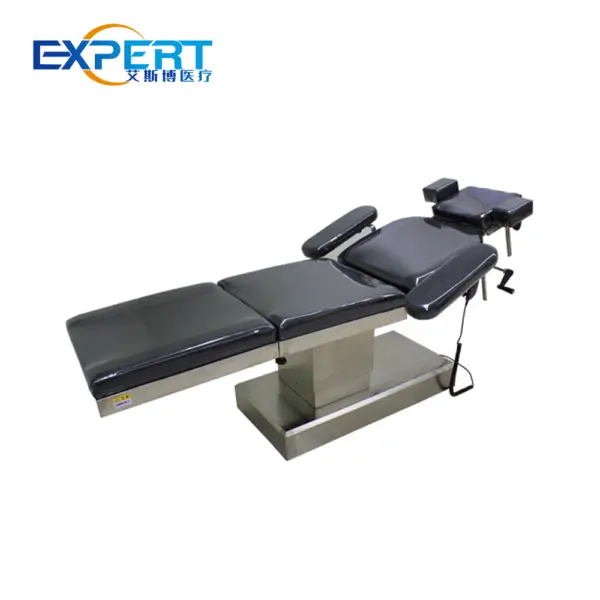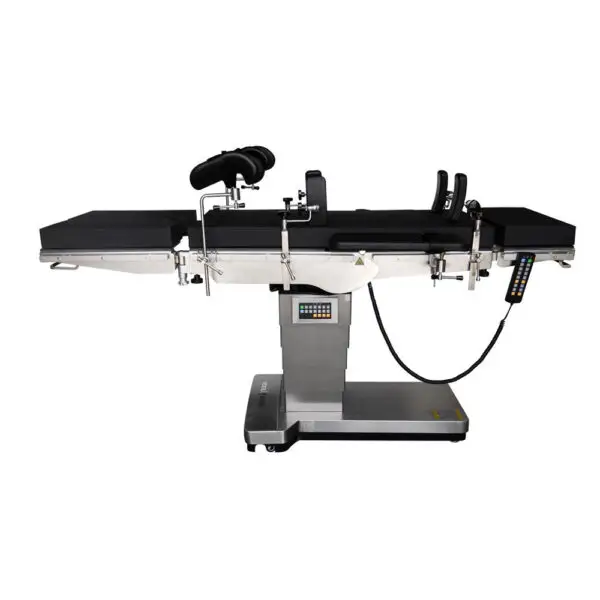Endereço
304 North Cardinal St.
Dorchester Center, MA 02124
Horas de trabalho
Segunda a sexta: 7h00 - 19h00
Fim de semana: 10h - 17h
Endereço
304 North Cardinal St.
Dorchester Center, MA 02124
Horas de trabalho
Segunda a sexta: 7h00 - 19h00
Fim de semana: 10h - 17h

Operating tables have long been a fundamental component of surgical procedures, providing a stable platform for patients during operations.
Bem-vindo ao meu blog!
Before we dive into the content, if you’re interested in our products or have any questions, please feel free to visit our Contate-nos page on the website. Our team is ready to assist you with inquiries, orders, or any support you may need.
Now, let’s get started on our journey together. I hope you find the content here insightful, engaging, and valuable.

Operating tables have long been a fundamental component of surgical procedures, providing a stable and adaptable platform for patients during operations. In recent years, advancements in medical technology have revolutionized the design and functionality of operating tables, enhancing surgical outcomes and patient safety. This blog delves into the evolving role of operating room tables in modern surgery, highlighting their key features, benefits, and future prospects.
Operating tables have undergone significant evolution since their inception in ancient times. From rudimentary wooden platforms to sophisticated, electronically controlled systems, the design and functionality of operating room tables have evolved to meet the demands of contemporary surgical practices. Modern operating room tables boast various features such as adjustable height, tilt, and lateral tilt capabilities, allowing surgeons to optimize patient positioning for different procedures.
Operating tables play a crucial role in ensuring the success of surgical interventions by providing a stable and ergonomic platform for both patients and medical personnel. Some key features and advantages of modern operating room tables include:
To illustrate the practical significance of operating tables in modern surgery, let’s explore some real-world case studies:

| Recurso | Basic Operating Table | Advanced Operating Table |
|---|---|---|
| Ajuste de altura | Limitado | Extensive |
| Funcionalidade de inclinação | Básico | Multi-Axis |
| Compatibilidade de imagem | Nenhum | MRI/CT Integration |
| Características de segurança | Standard Side Rails | Pressure-Relieving Mattress, Straps |
| Specialty Attachments | N/A | Orthopedic Traction, Cardiovascular Positioners |
Mesas de operação represent a cornerstone of modern surgical practice, providing essential support and functionality for a diverse range of procedures. As technology continues to advance, operating room tables will likely evolve further, incorporating innovative features to enhance surgical outcomes and patient care. By understanding the role and capabilities of operating room tables, healthcare professionals can optimize their use in various surgical settings, ultimately benefiting both patients and surgical teams.
P: São mesas de operação compatible with all surgical procedures?
A: While operating tables are versatile and adaptable, some specialized procedures may require specific table configurations or attachments for optimal positioning and support.
Q: How often are mesas de operação replaced or upgraded in healthcare facilities?
A: The frequency of operating table replacement or upgrade varies depending on factors such as technological advancements, budgetary considerations, and equipment maintenance. In general, healthcare facilities aim to ensure that their operating room tables remain up-to-date with current standards and capabilities.